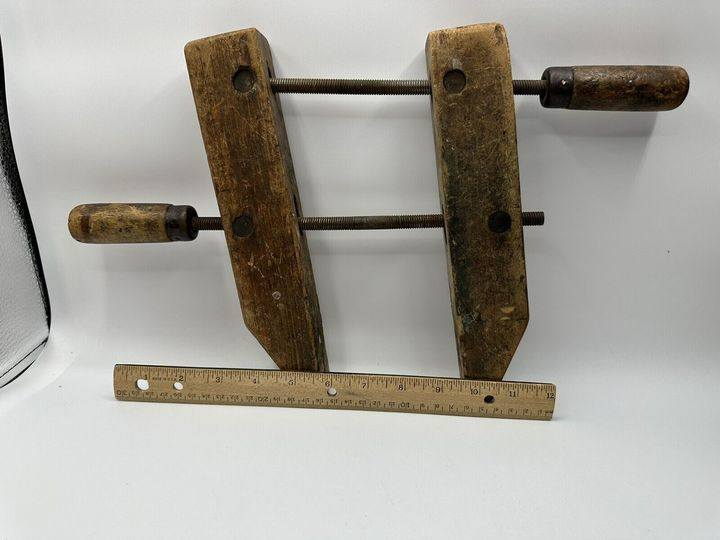History
The adjustable wood clamp, a staple in any woodworker’s toolbox, has a rich history dating back to the 19th century. This ingenious invention revolutionized carpentry by providing a versatile and reliable method for securing wood pieces during construction. Early models, crafted from sturdy metals, featured simple adjustment mechanisms to control pressure and width, allowing woodworkers to customize their clamping needs.

These early clamps quickly gained popularity among woodworkers for their durability and effectiveness. The ability to securely hold wood pieces in place while working on them significantly improved accuracy and efficiency, making the adjustable wood clamp an indispensable tool for any woodworking project.
From its humble beginnings, the adjustable wood clamp has evolved and diversified, with modern models offering a wide range of sizes, clamping forces, and features. However, the core principle of providing a secure and adjustable hold for wood remains the same, making the adjustable wood clamp a timeless tool that continues to be essential for woodworkers today.
Usage
Craftsmen used vintage adjustable wood clamps mainly for precise alignment and strong bonding of wooden joints. Their adjustable design accommodated various wood sizes and thicknesses, making them essential for tasks like gluing, assembling furniture, and holding pieces in place. The consistent pressure they provided was crucial for creating durable, high-quality joints.
Legacy
Today, the legacy of the vintage adjustable wood clamp continues in modern woodworking. Although contemporary clamps use advanced materials and designs, the core principles of these early tools remain relevant. Collectors and enthusiasts value vintage models for their historical significance and craftsmanship. These clamps symbolize a link between traditional and modern woodworking techniques, bridging past and present practices.